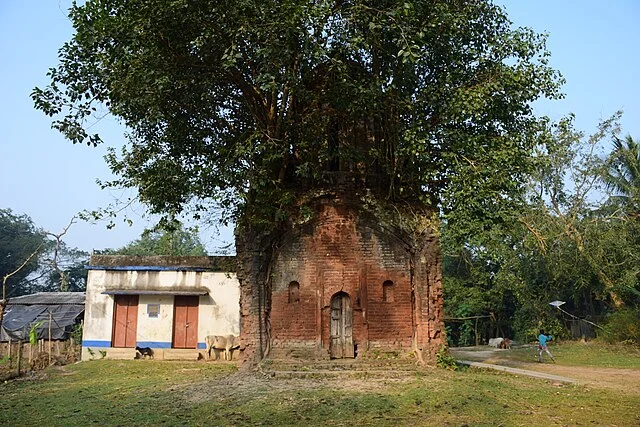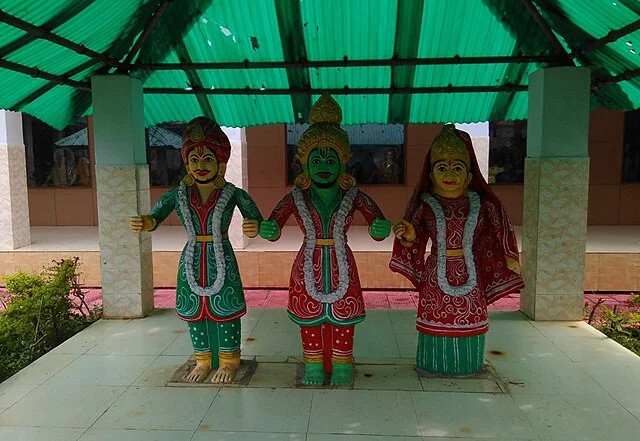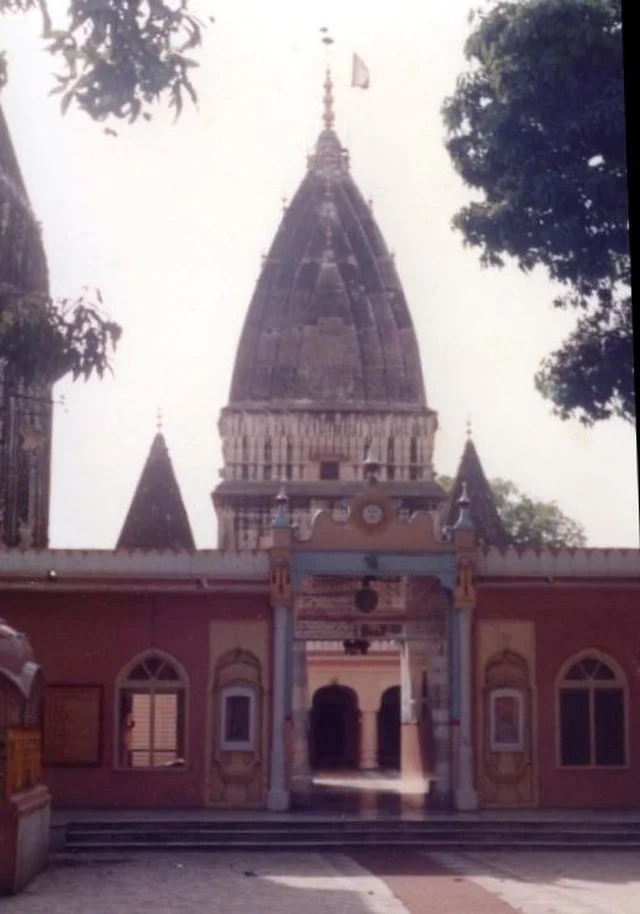The Raghunath Temple is an important example of Hindu temple architecture. Located in the town of Kullu, Himachal Pradesh, India, the temple is dedicated to Lord Rama, a revered deity in Hinduism. Built in the 17th century AD, the Raghunath Temple serves as a historical and cultural landmark in the Kullu Valley.
Get your dose of History via Email
Historical Background

The Raghunath Temple was constructed under the patronage of Raja Jagat Singh, the ruler of Kullu. According to historical accounts, Raja Jagat Singh commissioned the temple in 1651 AD to atone for past transgressions. The temple’s establishment also symbolized the devotion of the Kullu royal family to Lord Rama. Over the centuries, the temple has grown in significance, becoming a focal point for religious and cultural activities in the region.
Architecture and Design

The Raghunath Temple reflects the traditional hill-style architecture typical of the region. Built primarily from stone and wood, the temple features a unique structure with a tiered roof, common in Himachali temples. The roof is made of deodar wood, which offers protection against the region’s heavy snowfall.
The temple houses a central sanctum that contains the idol of Lord Rama. According to tradition, this idol was brought from Ayodhya, a city closely associated with Lord Rama. The idol’s presence in the temple adds religious importance and connects Kullu to broader Hindu religious geography.
Cultural Significance
The Raghunath Temple is the centerpiece of the annual Kullu Dussehra festival, one of the largest and most celebrated festivals in Himachal Pradesh. This week-long event, typically held in October, attracts thousands of devotees and tourists. During the festival, the idol of Lord Rama is taken out in a grand procession through the town. The festival’s activities center around the temple, emphasizing its role as a cultural and religious hub.
Kullu Dussehra commemorates Lord Rama’s victory over the demon king Ravana, a core theme in the epic Ramayana. The festival includes traditional music, dance, and rituals, reflecting the region’s cultural heritage. Unlike other Dussehra celebrations in India, which last one day, Kullu Dussehra spans seven days, with the Raghunath Temple playing a central role.
Preservation and Challenges
The Raghunath Temple, like many historic sites, faces preservation challenges. Environmental factors, such as extreme weather conditions, affect the temple’s wooden and stone structure. Additionally, increasing tourism adds pressure on the temple’s infrastructure. The Archaeological Survey of India (ASI) and local authorities have taken measures to preserve the site. Restoration efforts focus on maintaining the temple’s architectural integrity while enhancing its resilience to environmental factors.
Conclusion
The Raghunath Temple stands as an enduring symbol of devotion and cultural heritage in the Kullu Valley. Its historical importance, architectural style, and role in the Kullu Dussehra festival highlight its significance. Preservation efforts remain essential to maintain this heritage site for future generations. Through ongoing conservation, the Raghunath Temple continues to be a testament to the region’s rich history and spiritual traditions.
Source:

